What Does Art Give That Science and Math Do Not
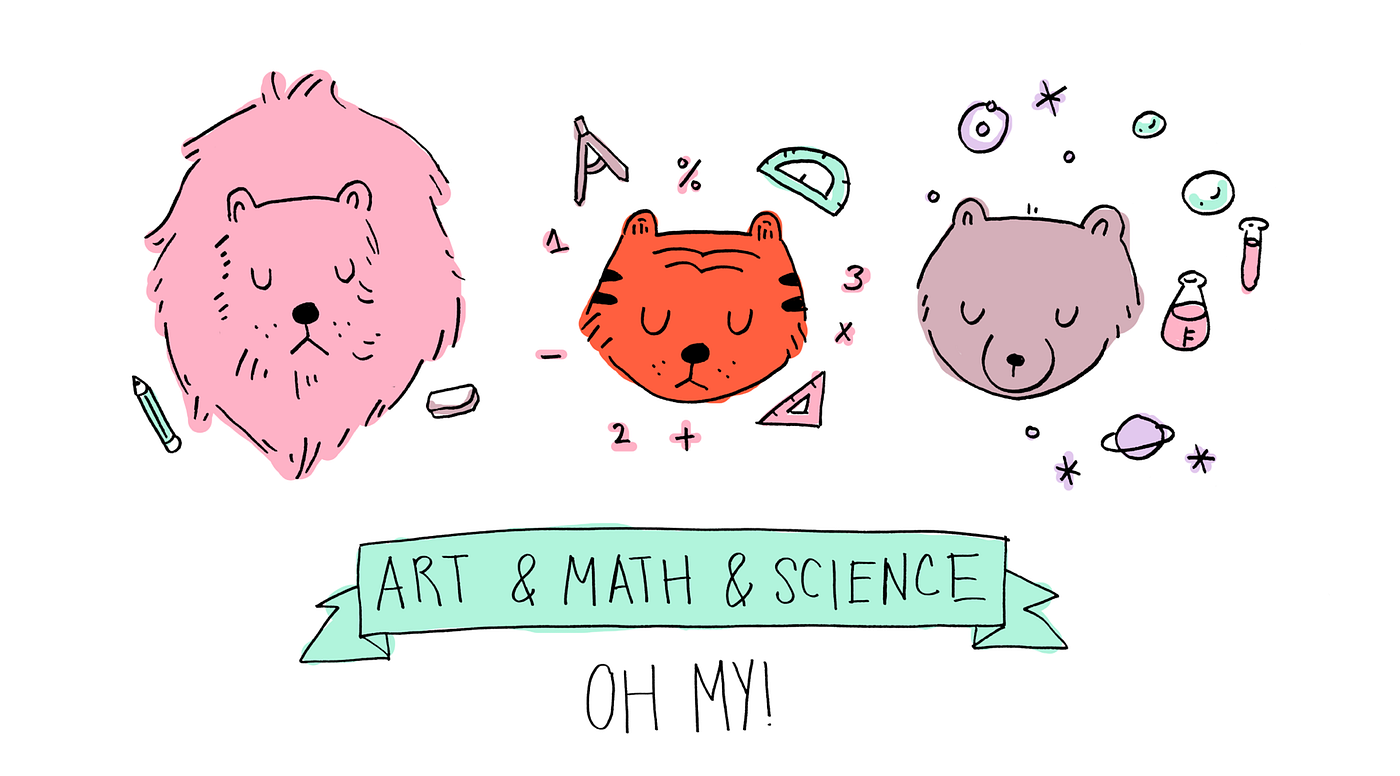
Art and Math and Science, Oh My!
Growing up, I had ii favorite things.
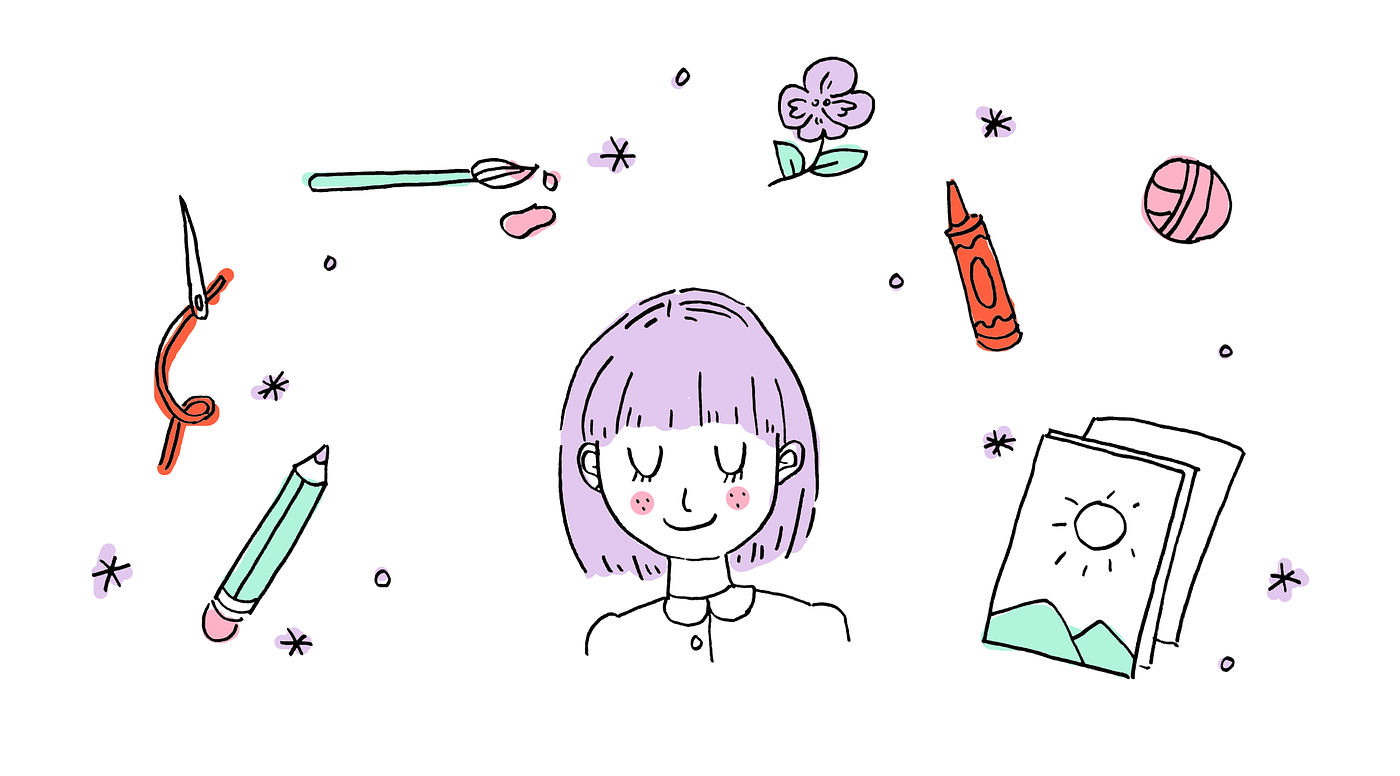
I loved fine art.
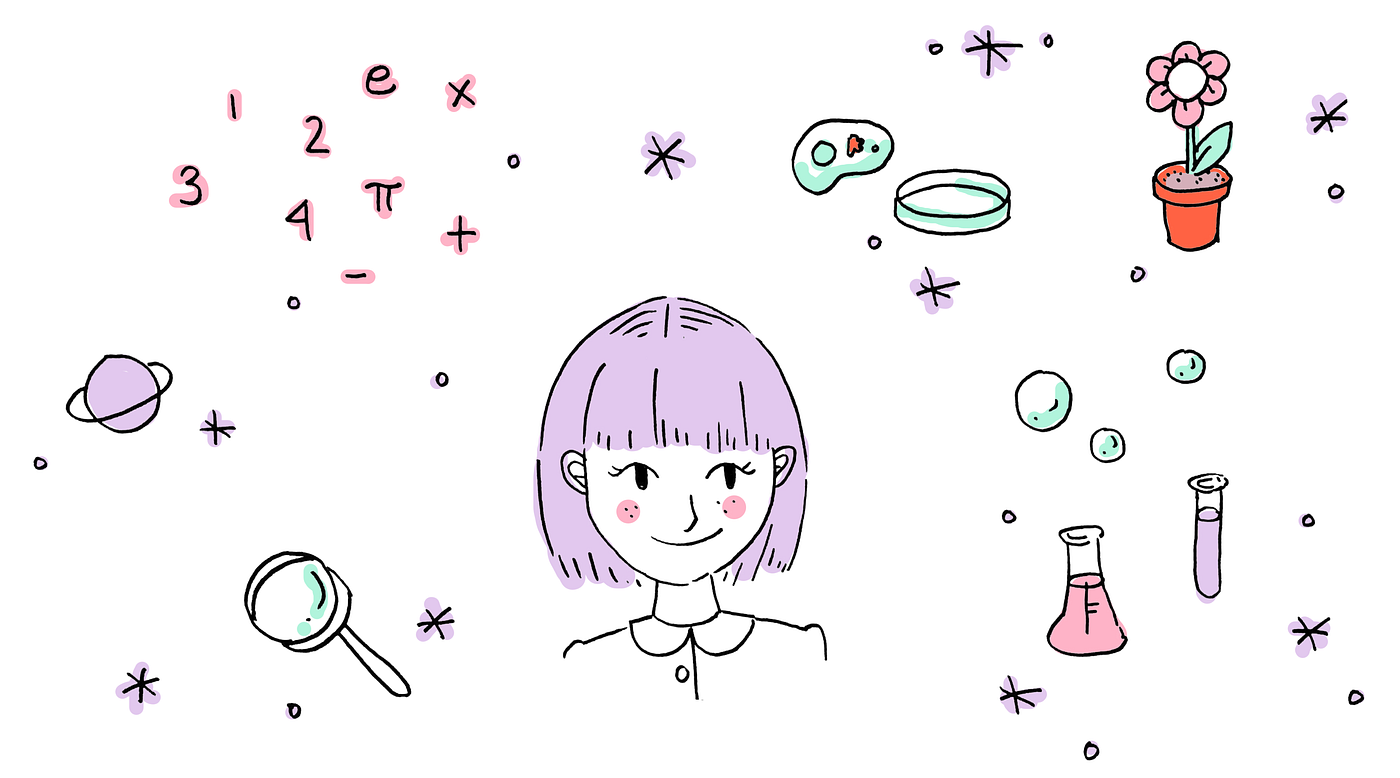
And I loved scientific discipline.
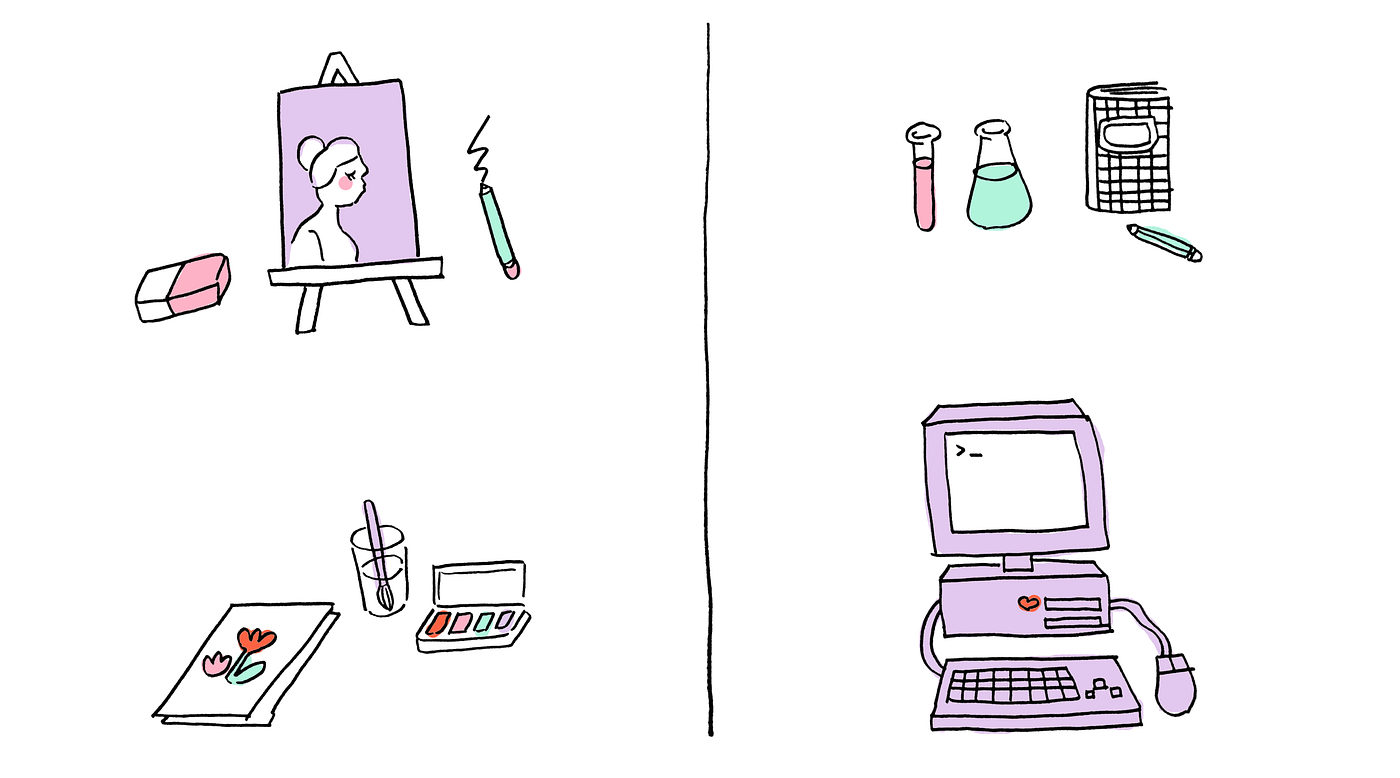
I was e'er made to feel that these two interests were unrelated. I had art class at school. I had science class at school. Sometimes I did watercolors on the weekend. Sometimes I taught myself programming on the weekend.
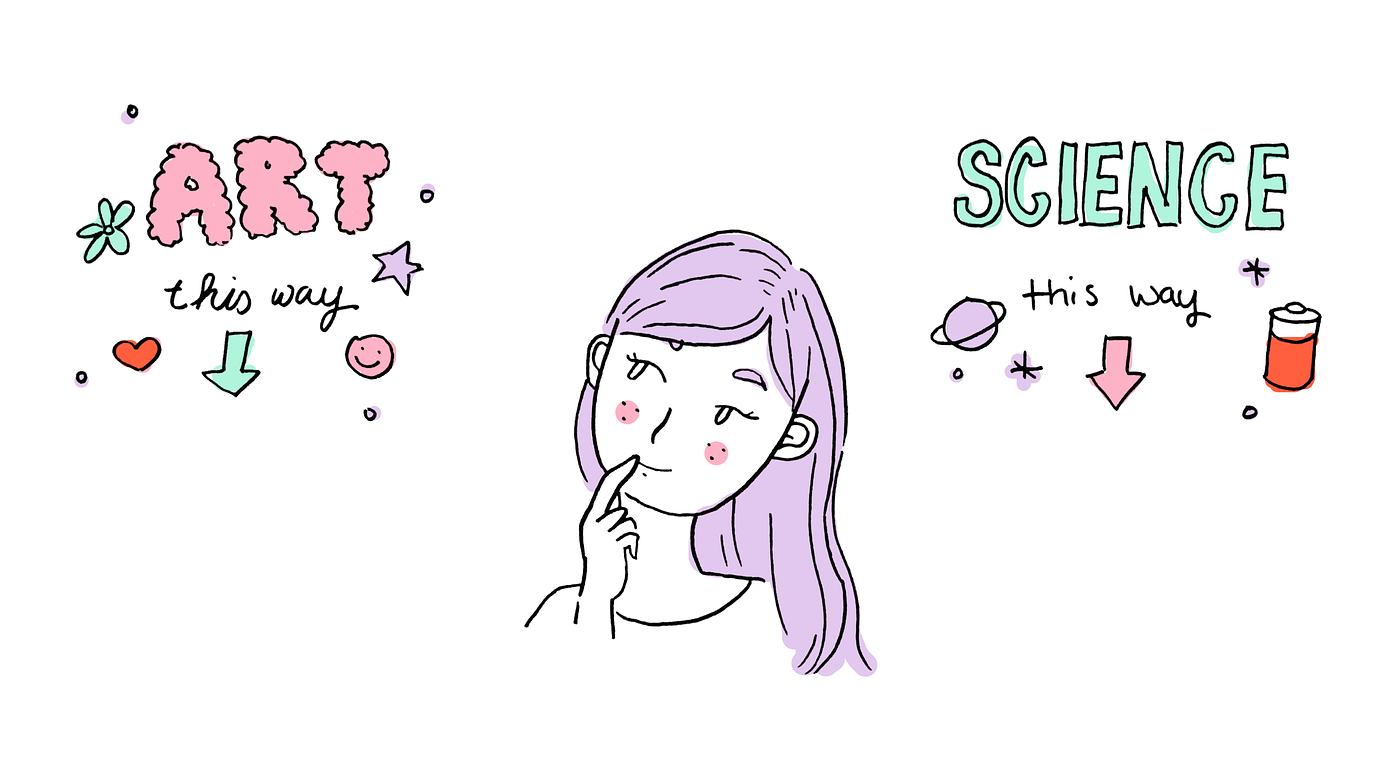
And when it came time to decide what to written report and what to do with my life, I felt forced to choose between the two. When I was looking into applying to art schools, the fine art schools I was interested in had no math classes college than college algebra. Meanwhile, I was set on learning both life drawing and multivariable calculus.
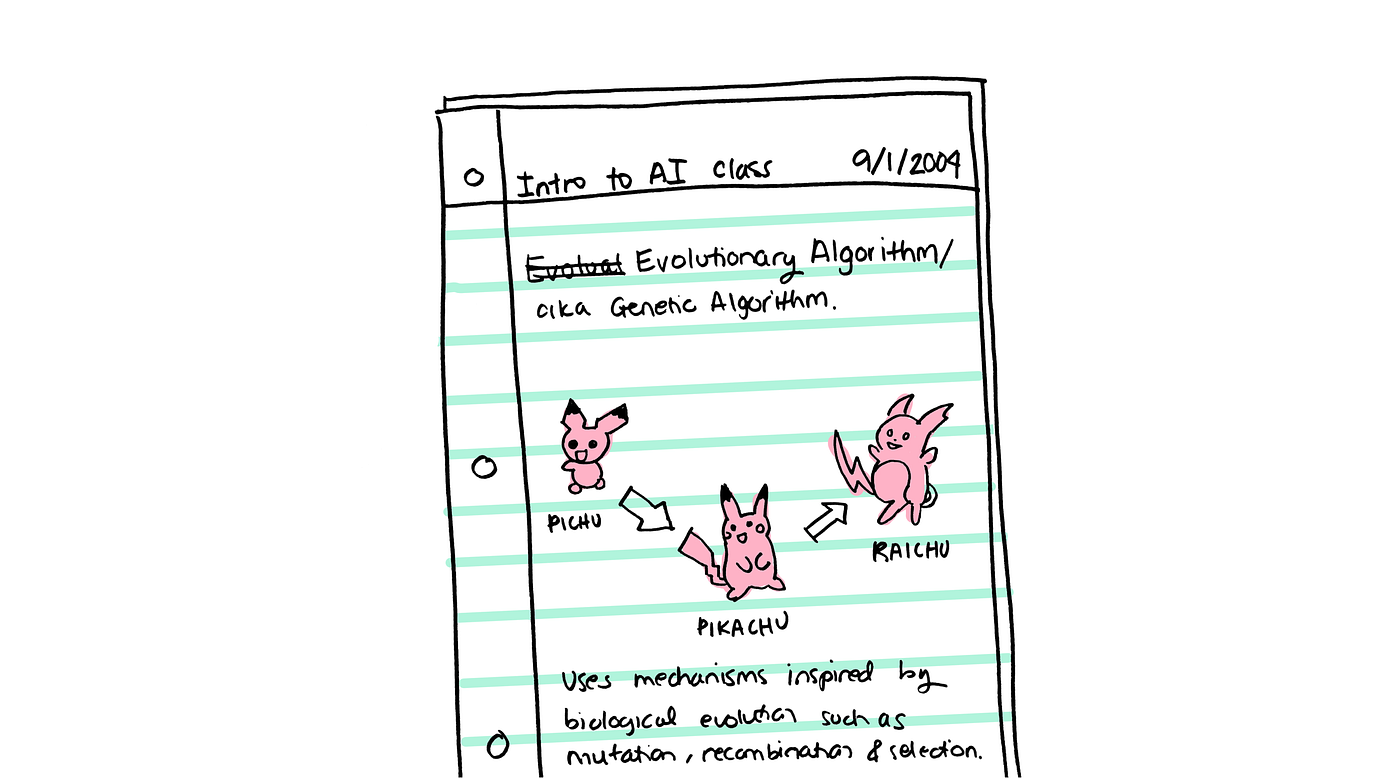
I ended up going to engineering schoolhouse at MIT. I connected to describe in my notebooks while listening to lectures, at night, on the weekends. We alive in a culture that values specialization, that values honing in on one thing particularly, and I ever felt weird about not spending my weekends on programming side projects, like many of my classmates. I felt weird virtually liking 2 very different things equally.
It also fabricated me feel sad to imagine a life with a job where I only used ane of the two things that was so important to me.
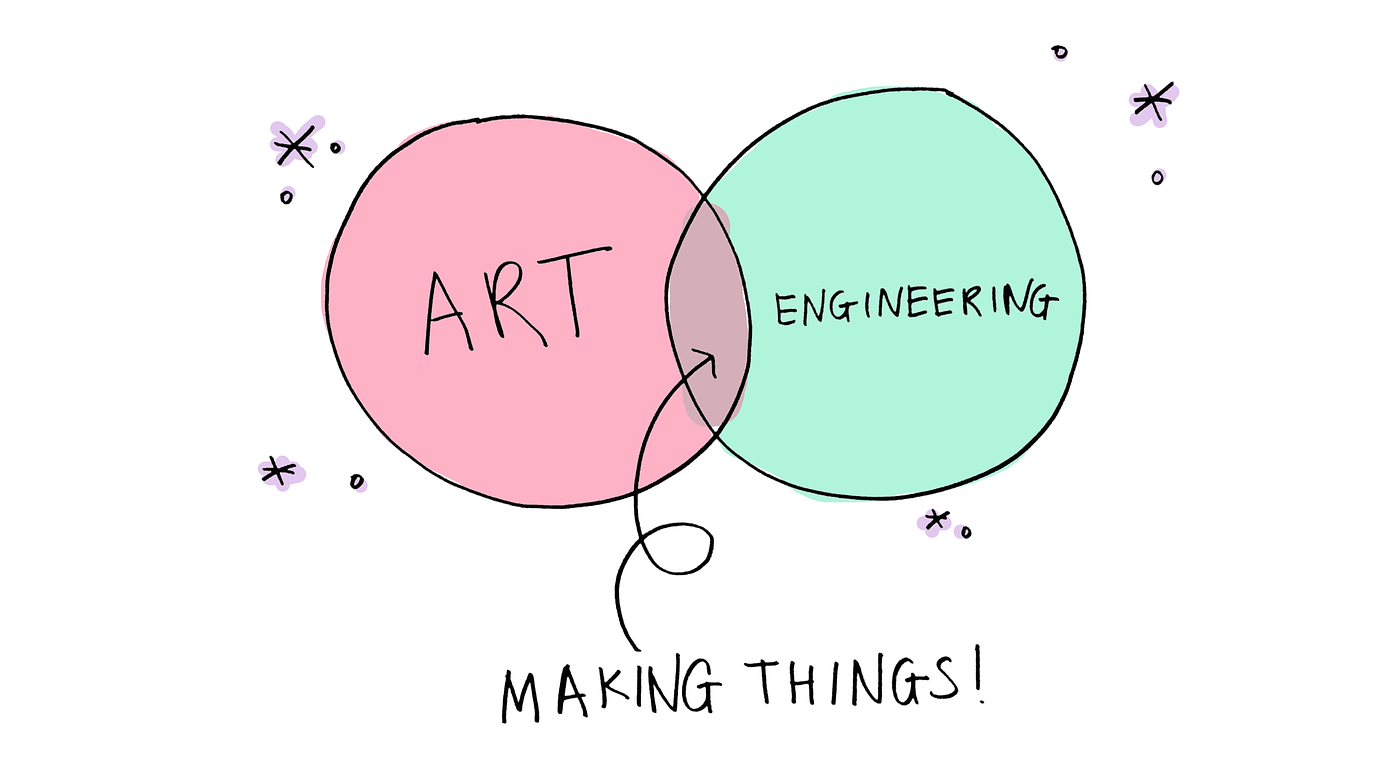
Every bit I was trying to piece together all the parts of who I was, a close friend of mine said, "I think that the unifying thing about all of your interests is that you lot really similar creating and making things, whether that's a painting or a program." It was at that moment that I stopped feeling weird nearly loving both engineering science and art, & embraced it, and explored how art and engineering were connected. And that's what I'd like to talk about in this post.
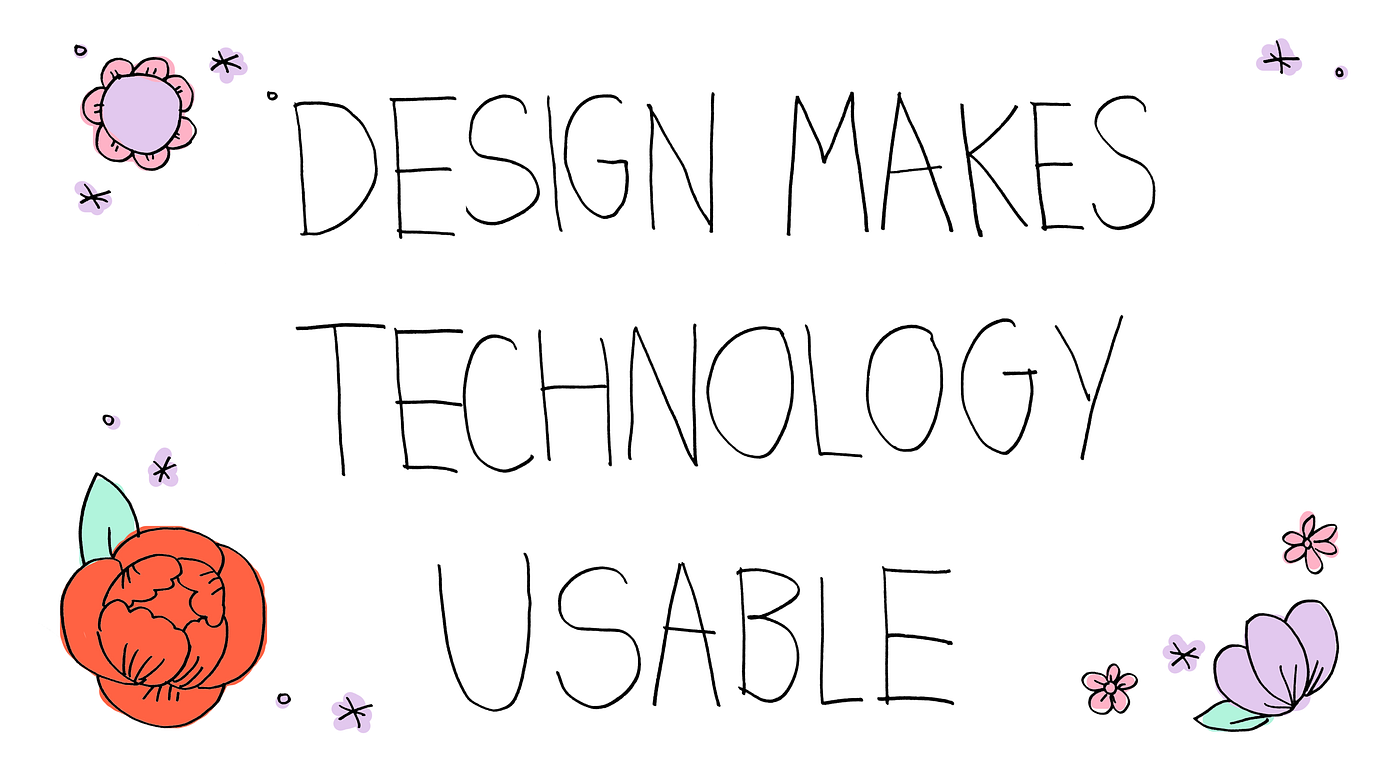
Blueprint makes applied science usable.
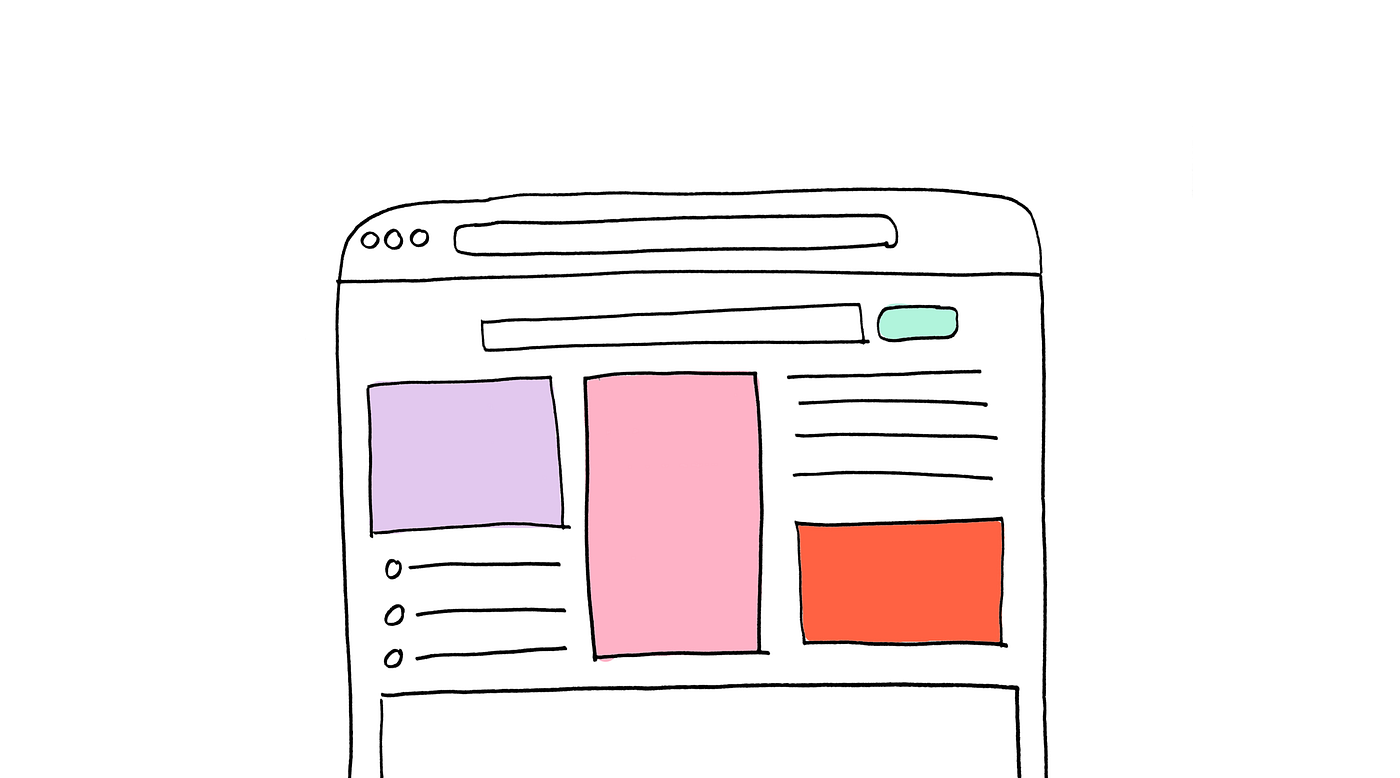
If a website or app is poorly designed, it will be hard for people to use, and information technology won't affair so much how amazing the underlying technology is.
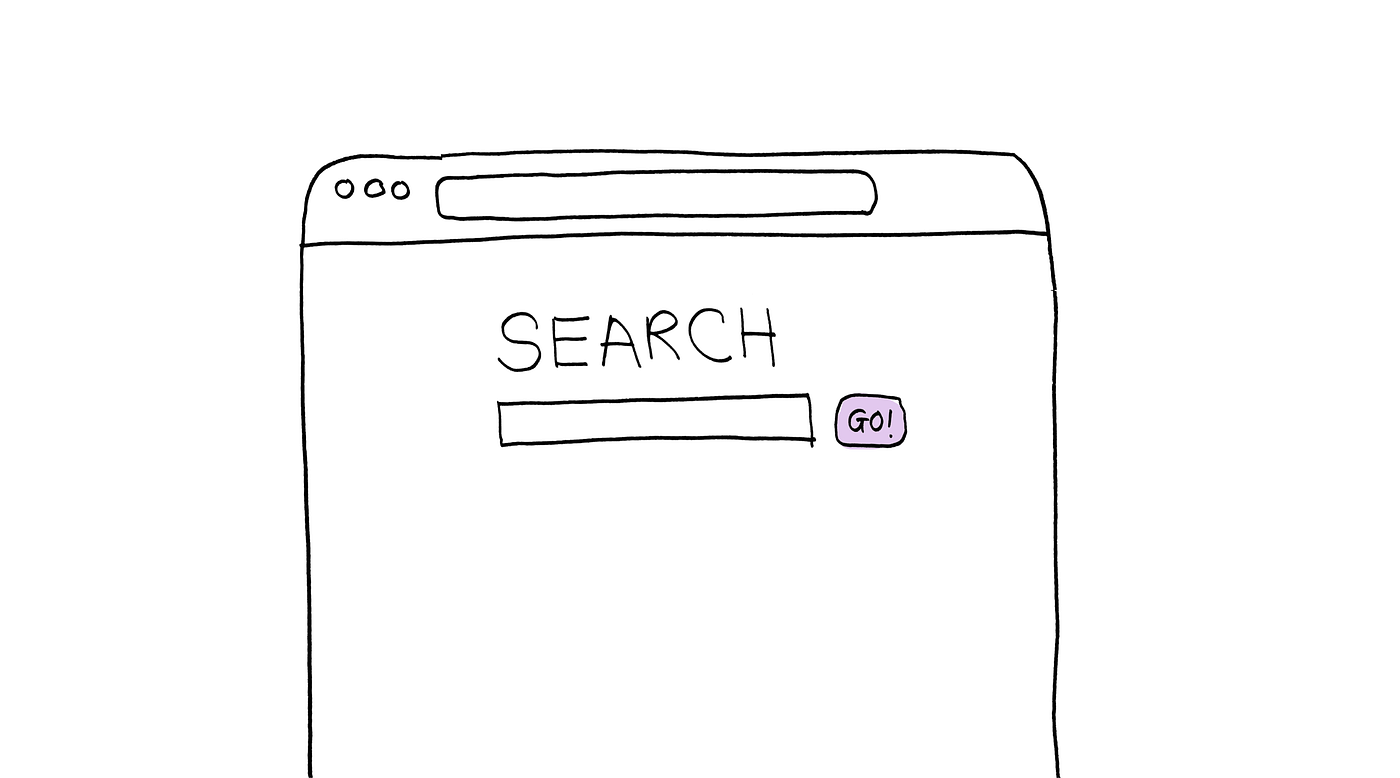
If technology aims to improve the lives of people, the usability of its blueprint is just as important as the engineering science itself.
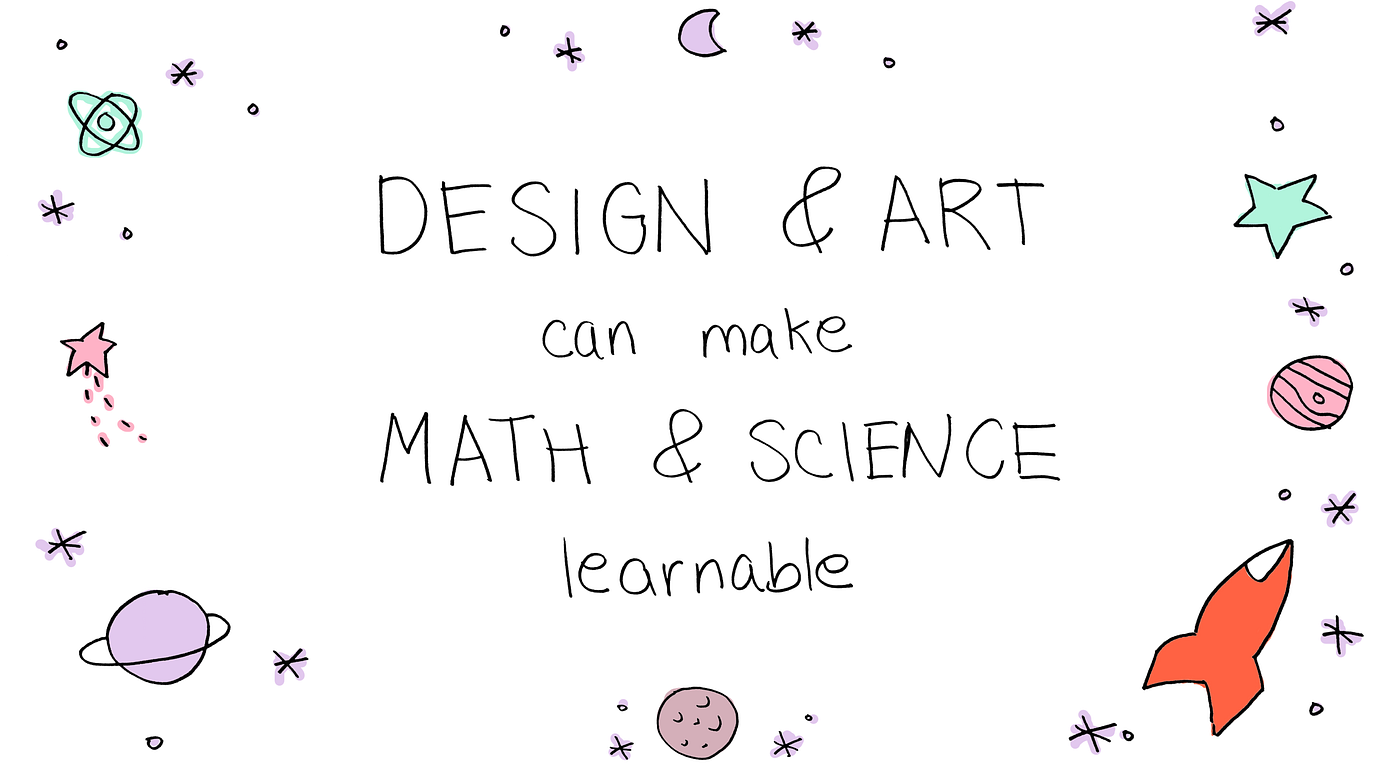
Using design and fine art to teach math and scientific discipline is one of the topics closest to my middle.
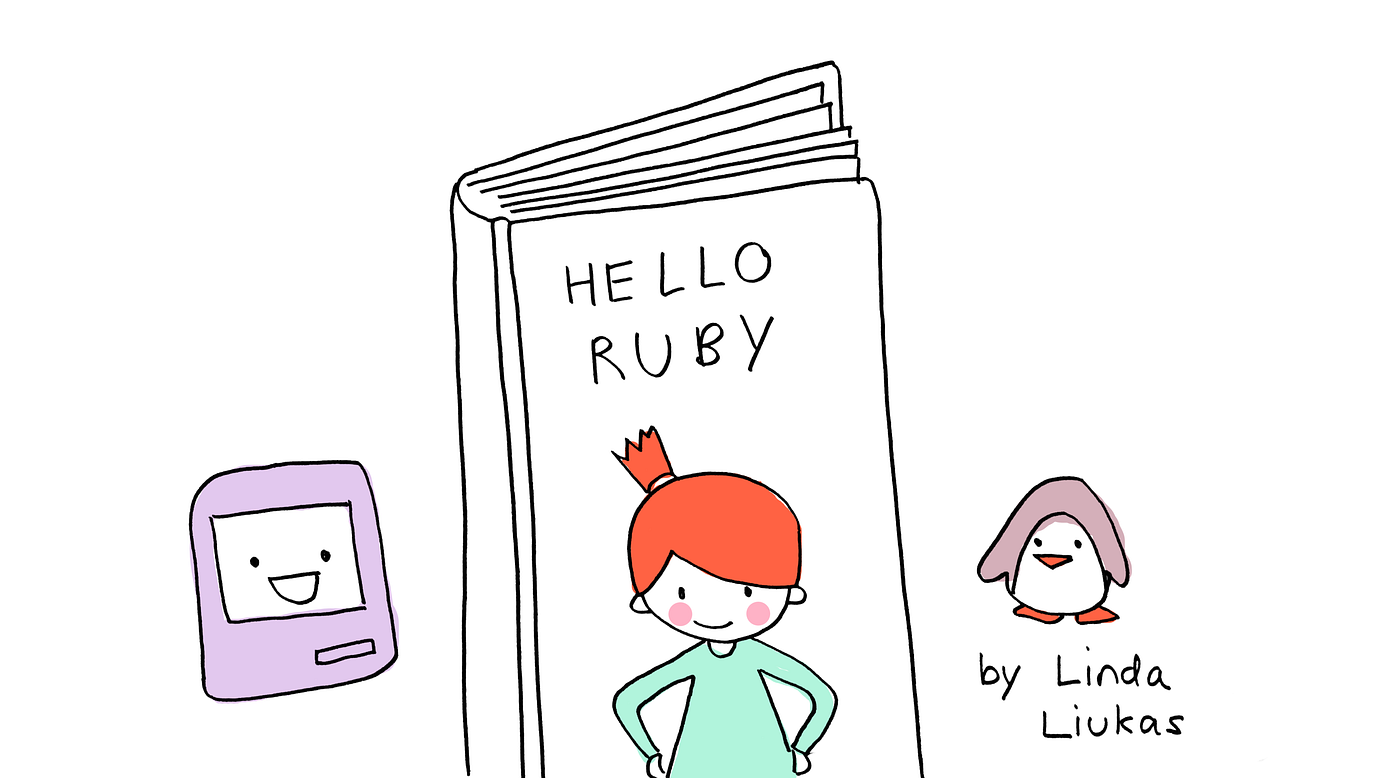
Linda Liukas, programmer and founder of Runway Girls, a weekend workshop for learning how to lawmaking, left her job to write a children's book about programming, Hello Ruby-red.
Her illustrations are colorful and convincing and convey the bulletin that technology is fun and artistic and whimsical. This bulletin would be actually different if the book had different fine art — the art totally sets the tone for the learning.
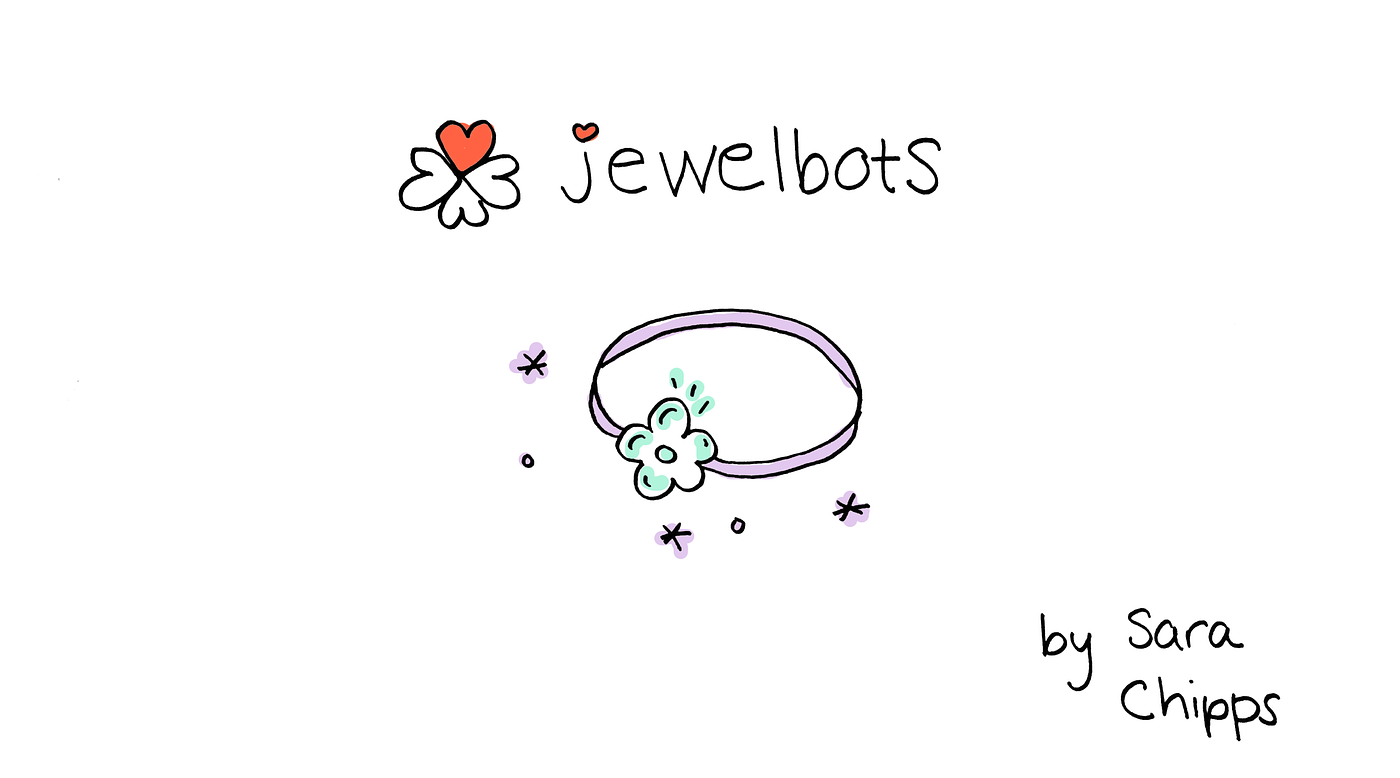
Programmer and co-founder of Daughter Develop It, Sara Jo Chipps, started a company to make programmable lightup bracelets for teens chosen Jewelbots. With Jewelbots, anyone who has an interest in jewelry and fashion can build on that interest to learn about programming!
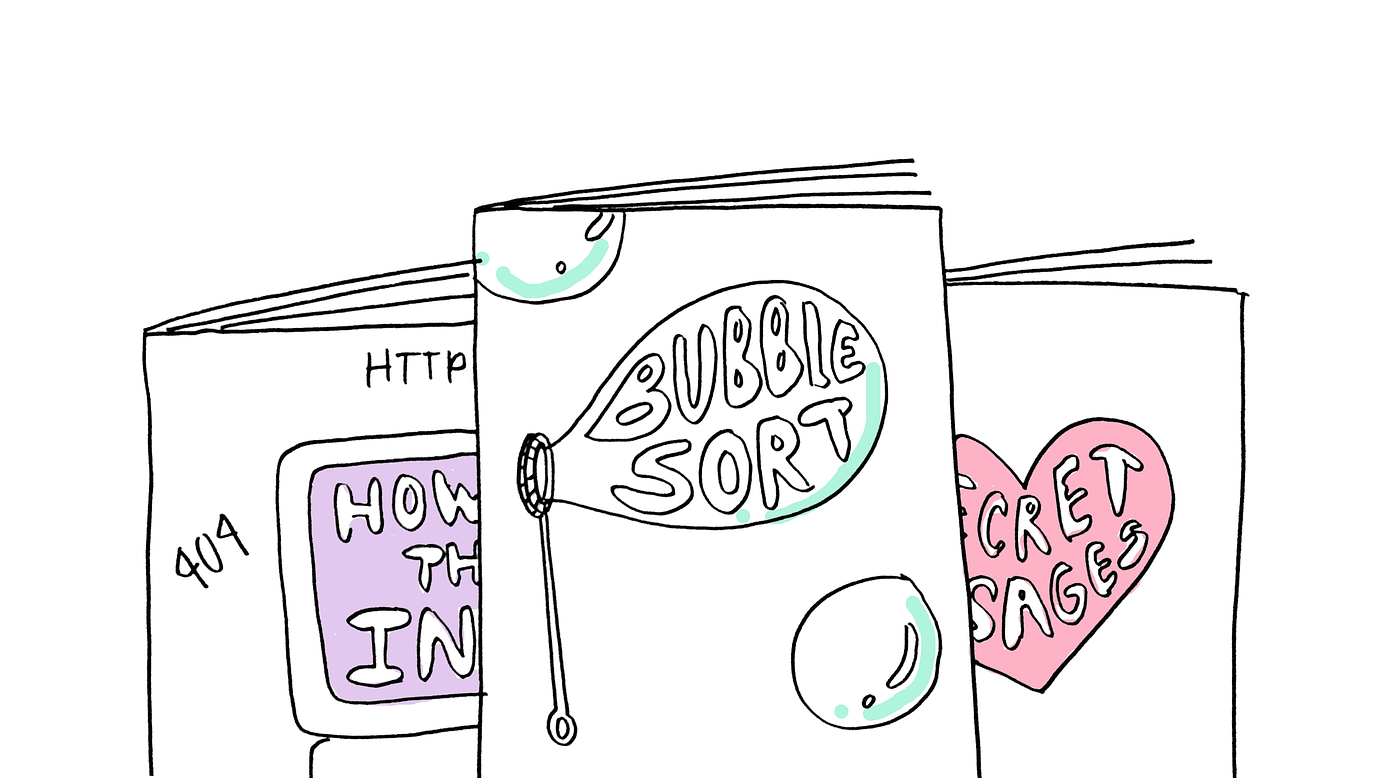
I wanted to turn my doodle-filled college notes about algorithms into something that could be useful to other people. I wanted to write zines full of drawings and comics to introduce computer science concepts in a fun, encouraging way. That's why I started writing Bubblesort Zines.
In addition to using comics to explain technical concepts, Bubblesort Zines relates those technical concepts to history and fine art (for example, introducing binary numbers by talking about the history of numbers around the globe).
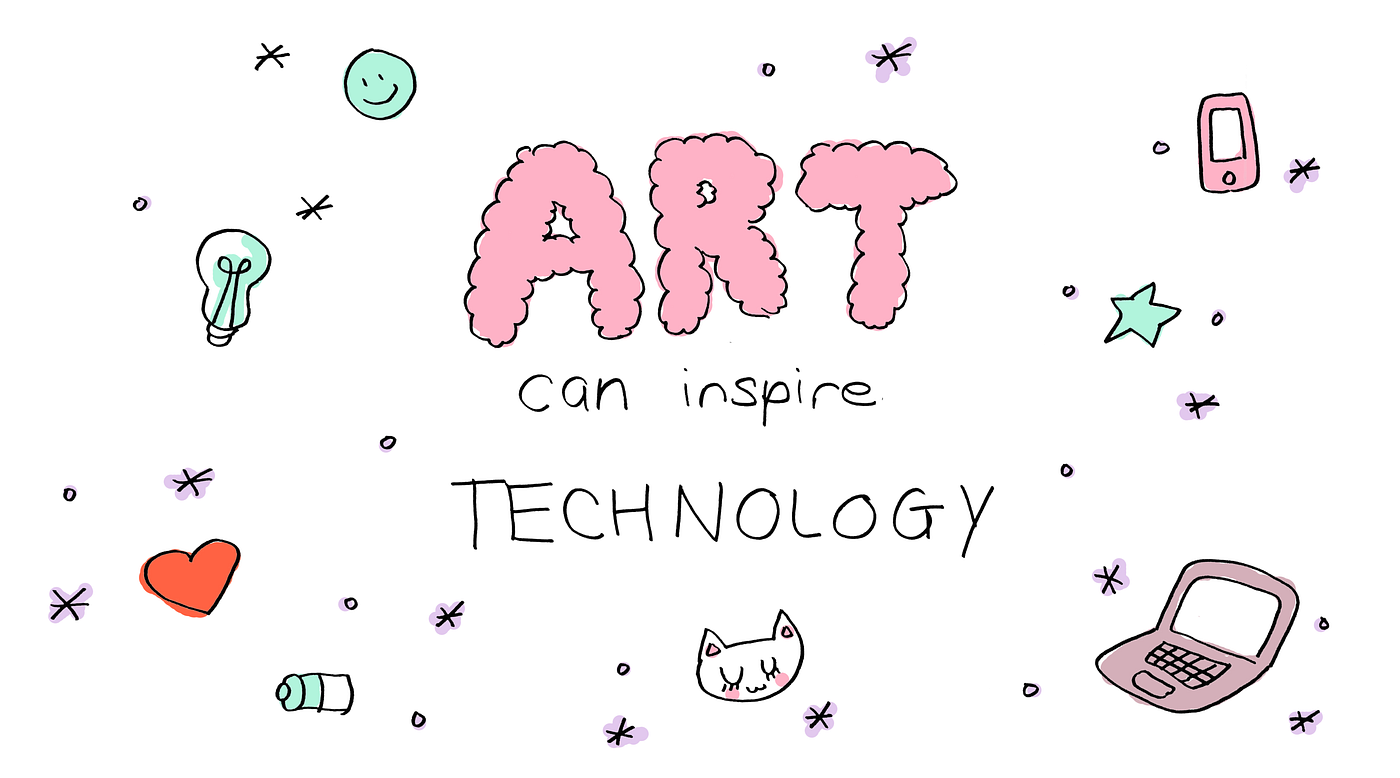
Art can inspire engineering science.
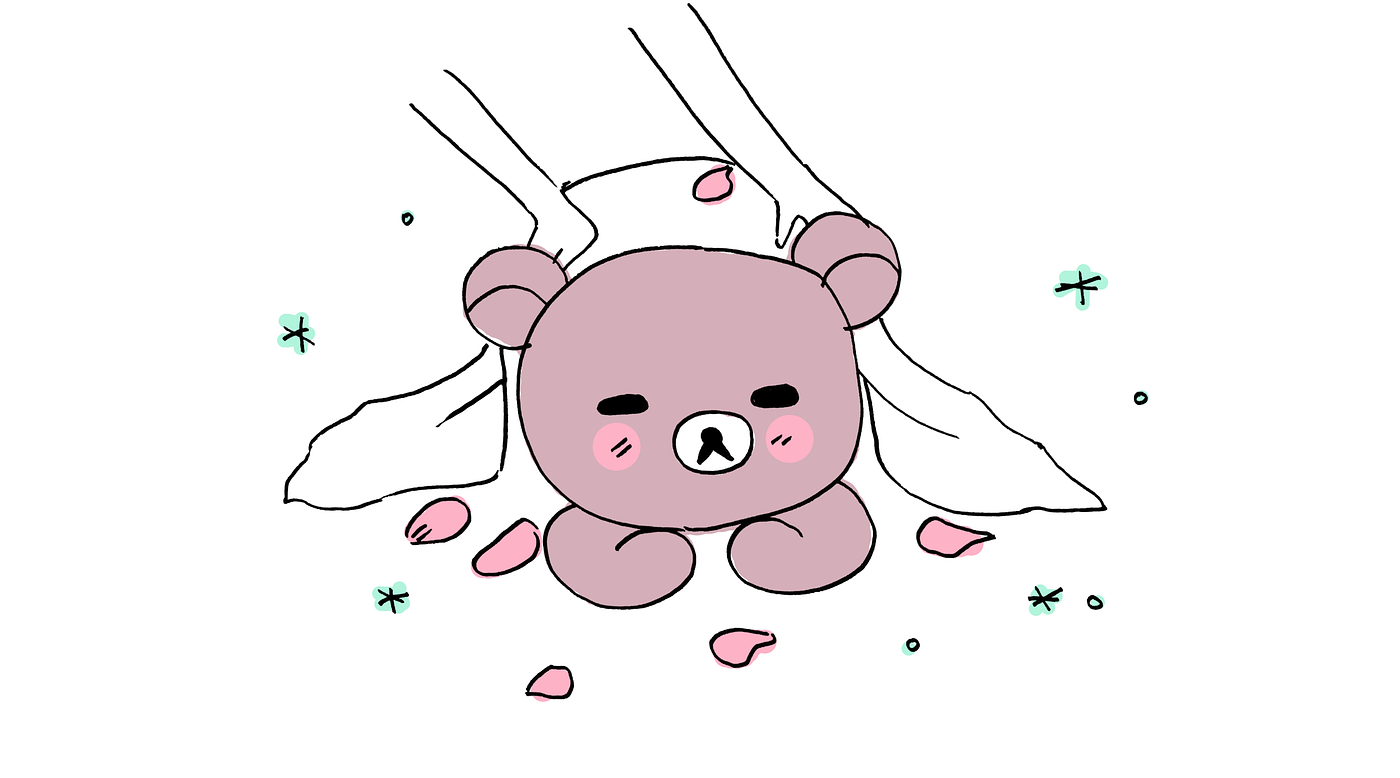
While working at the University of Tokyo'due south Human Reckoner Interaction lab, I saw a coworker cut open a Rilakkuma bear that he had won in a crane game and panicked a little. Simply he explained to me I had nil to worry nigh: he was cutting open up Rilakkuma to put some sensors in the bear. He was turning the bear into a controller for a massage chair. You would massage the comport in the places that you wanted to be massaged past the chair!
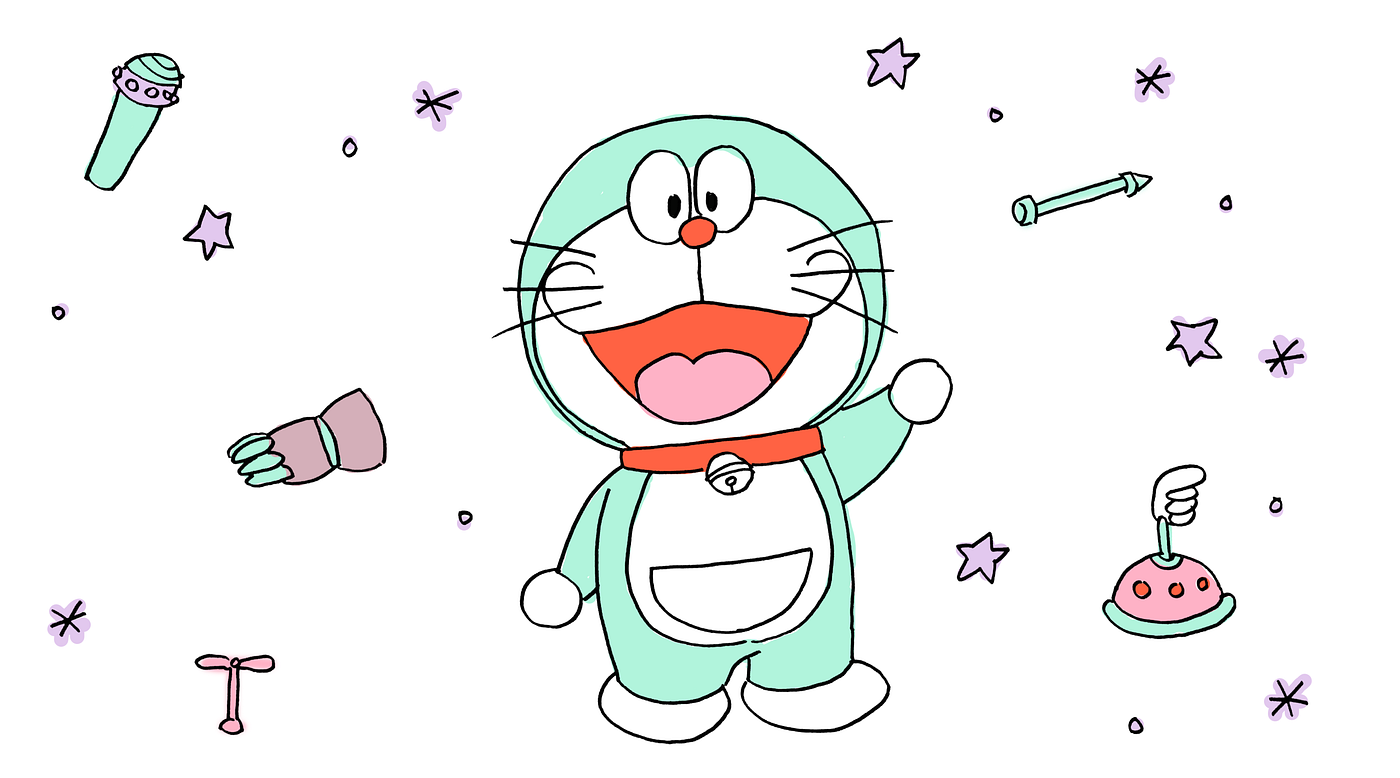
Most of my coworkers in this lab told me that they got interested in being an engineer because of their love of Doraemon, a robotic cat from a Japanese children's comic volume/tv show. Doraemon was ever pulling fantastical gadgets out of his magic pocket. These were things like cameras that took 3D photos of objects and and so 3D printed them.
These engineers had grown up with the life dream was to brand all of the fantastical gadgets from their childhood come true.
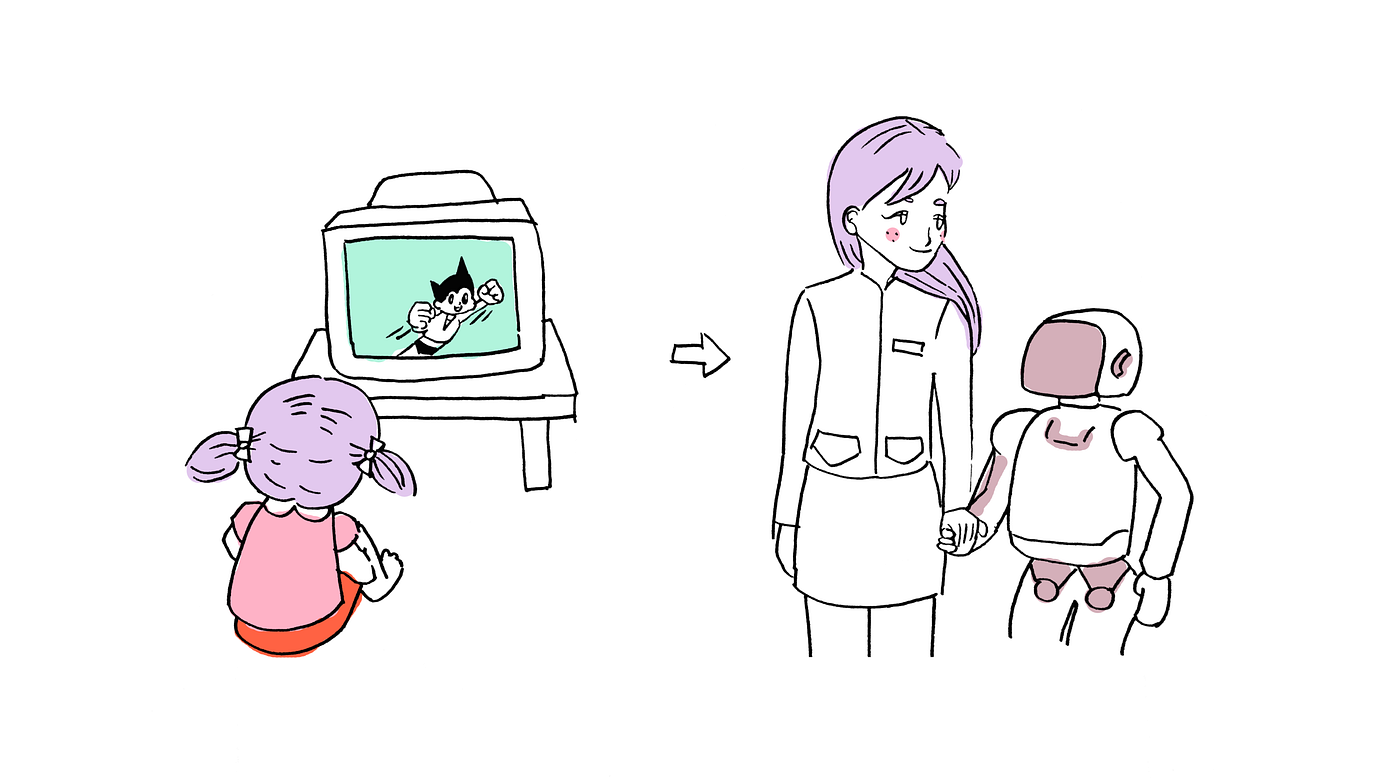
And when I worked in the humanoid robotics division of Honda Research, near of my coworkers told me that their inspiration for studying robotics was the Japanese cartoon Astroboy, nearly a little robot boy who fights crime in hereafter Tokyo.
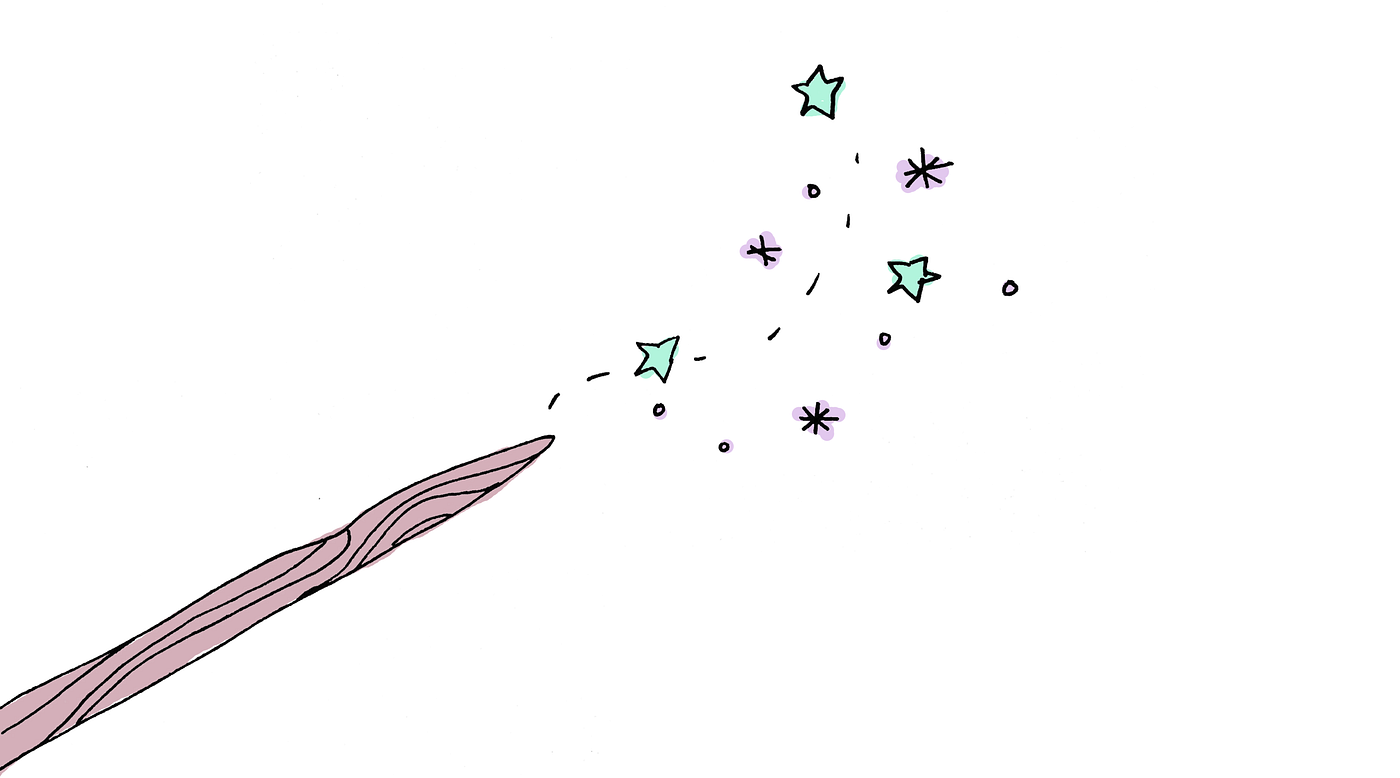
Why is it significant that people in research labs are inspired to build engineering from a fantasy/sci-fi/comic book lens?
When I ask high schoolhouse students what they'd similar to larn how to make if they knew how to hardware hack or code, they say things like, "Maybe a social app." "Perchance some kind of a website." Simply yous go very different answers if yous ask them, "What household objects would yous enchant if you were in a Hogwart's charm class?"
Why? Considering all of a sudden, they're not thinking about technology in terms of what they're familiar with or what they've heard about. They're thinking of engineering science in terms of their most fantastical dreams.
And that's why stories and movies and comic books are so valuable every bit inspiration for what technology we build. Technology-inspired technology gives us incremental improvements. Art-inspired technology gives us brand new ideas.
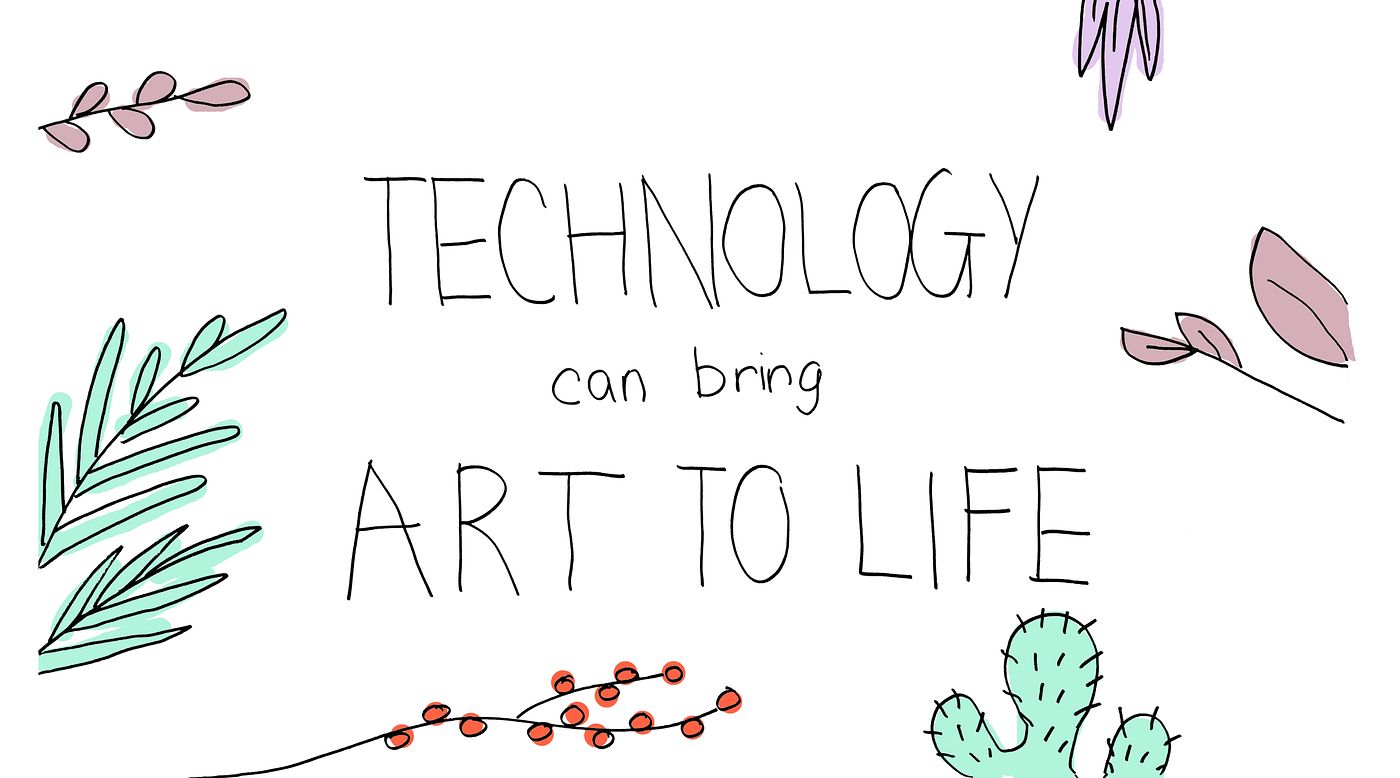
Technology can bring art to life.
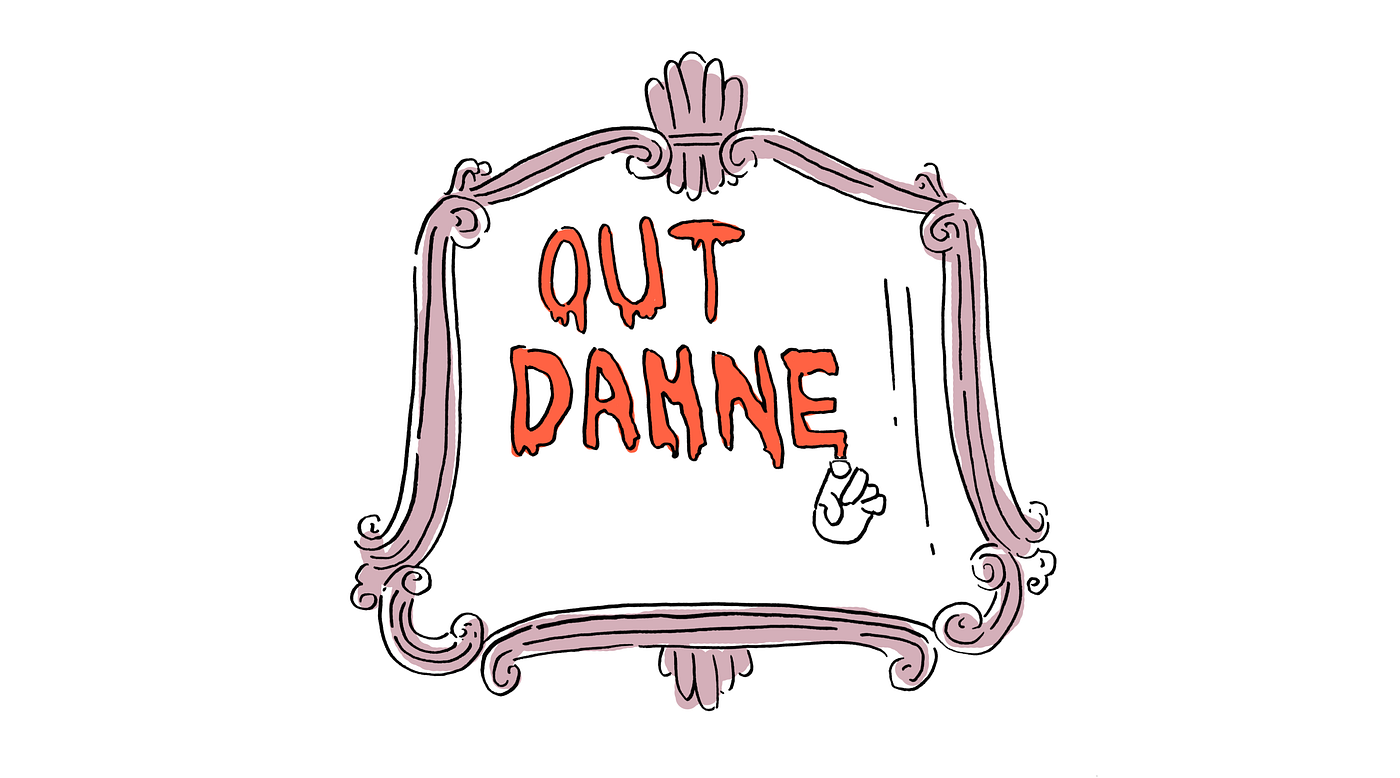
One very literal example of art bringing engineering science to life is the experimental theatrical prove Slumber No More than: an interactive modernistic retelling of Macbeth where y'all walk effectually iv floors of the set to watch and collaborate with the actors.
For future shows, they're working together with the MIT media lab on making the set itself more interactive with embedded programming: mirrors that write messages to you lot in blood or typewriters that blazon out cryptic letters to you lot if you linger too long in front end of them.
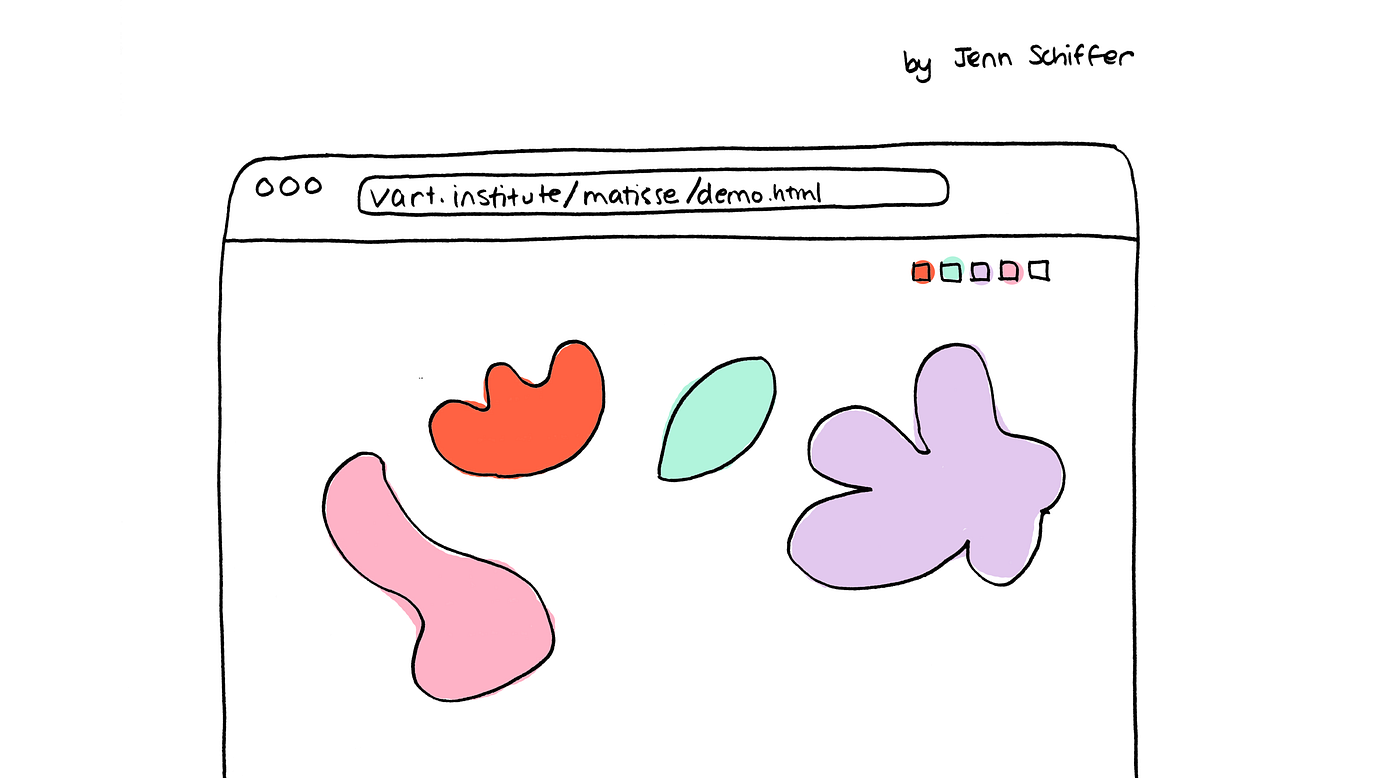
Another of my favorite examples of technology bringing art to life is Jenn Schiffer'south javascript implementation of Matisse cutouts. She encourages users to not only adore Matisse's cutouts, but to experiment with creating their ain. If y'all don't see yourself as artistic, making any kind of art can exist intimidating and so your role in art is ofttimes just a viewing office. So this is bang-up for people who don't recollect of themselves as artistic.
Y'all can experiment with it at http://vart.institute/matisse/demo.html!
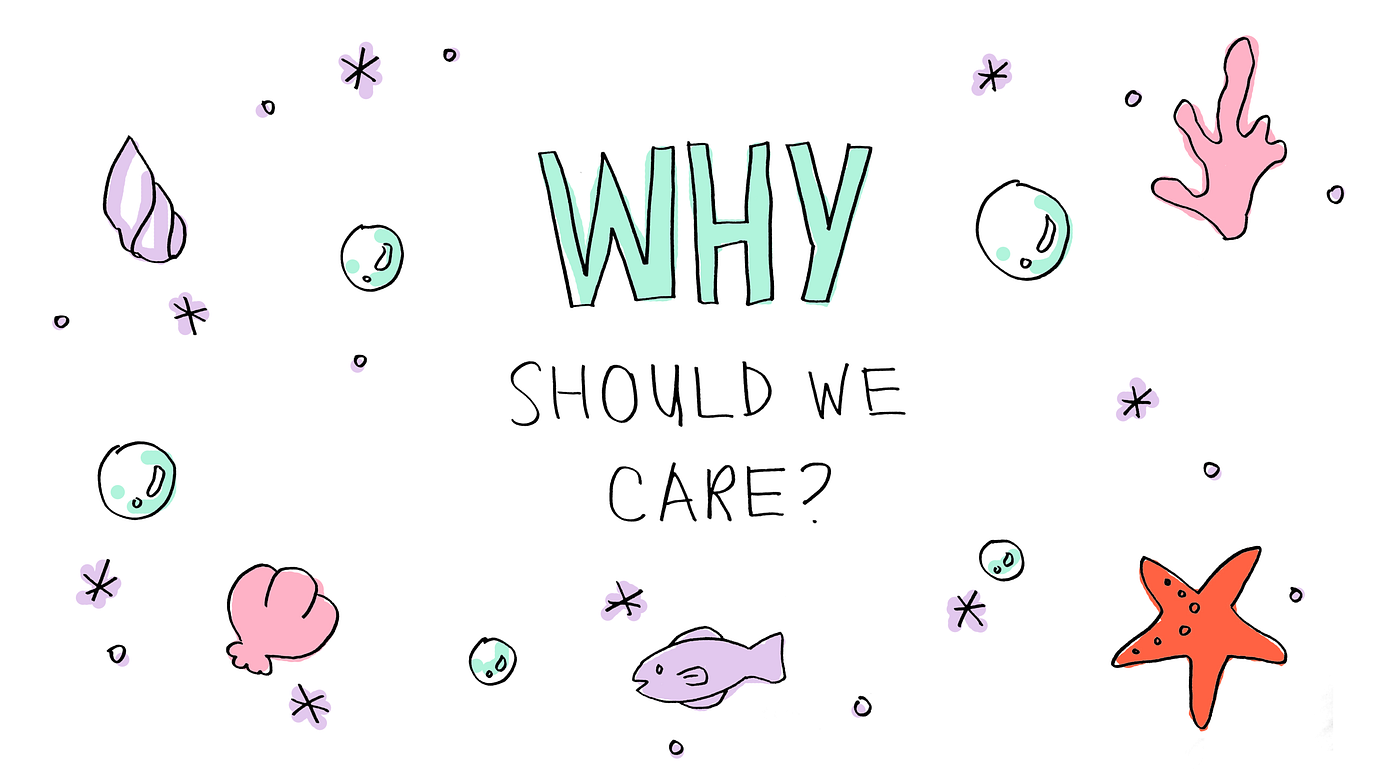
Why should we care about the intersection of art and engineering?
The technology/fine art dichotomy discourages people who might otherwise be interested in 1 or the other, or forces people who are interested in both to pick one or the other.
Even if you pick one or the other, understanding both helps yous communicate to the people you work with that do the other.
Also, incorporating one into the learning of the other makes for rich learning environments.
Imagine an art classes where the scientific discipline of pigments and color perception is covered.
Or the class that my all-time friend teaches: a chemistry class that discusses the chemical science referenced in Sherlock Holmes.
Or a poetry classes where you write programs that generate poems.
Art and technology together brand the earth a meliorate place.
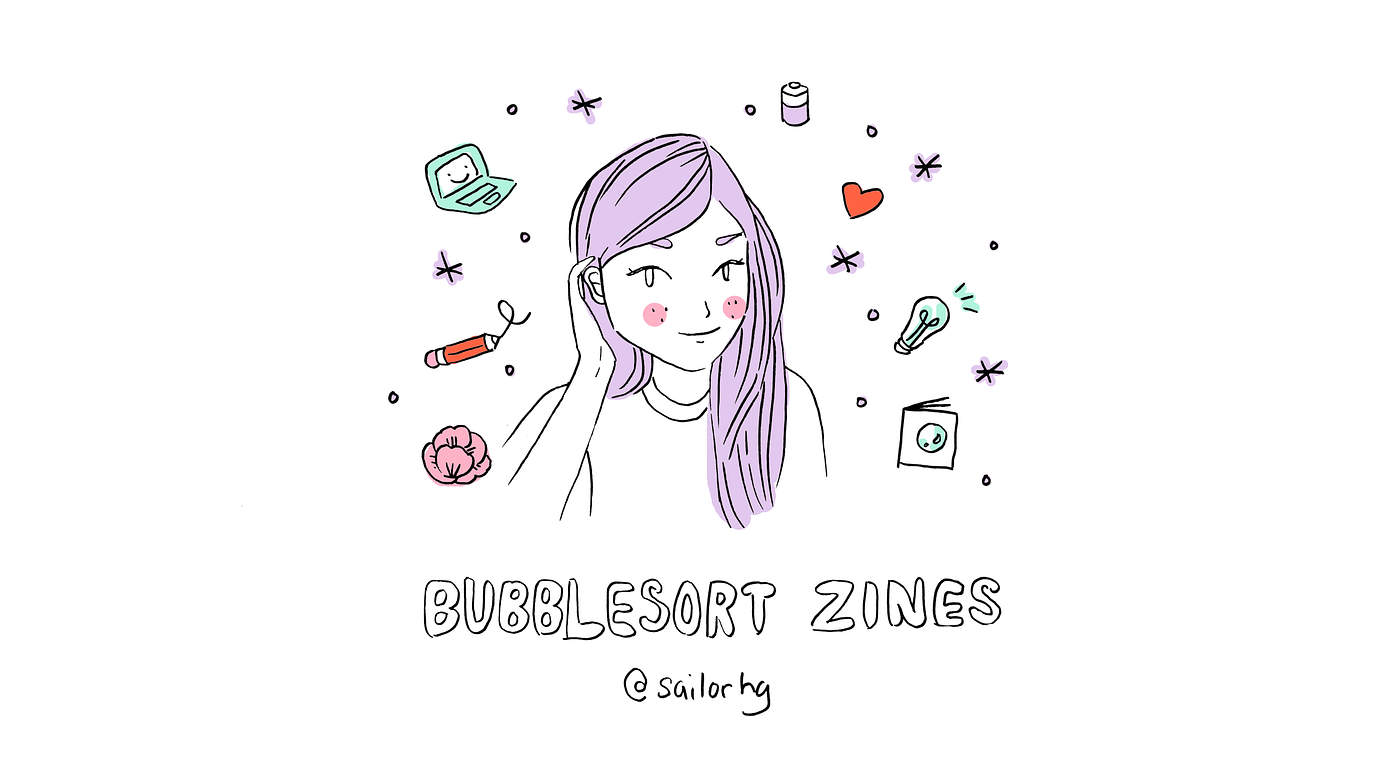
Amy is a technologist/artist who cares about Stalk and STEAM education and making the globe better through human being-axial design and technology. This mail service is based on a talk given at ustwo in London.
Source: https://medium.com/@sailorhg/art-and-math-and-science-oh-my-f1dc4ebb3223
0 Response to "What Does Art Give That Science and Math Do Not"
Post a Comment